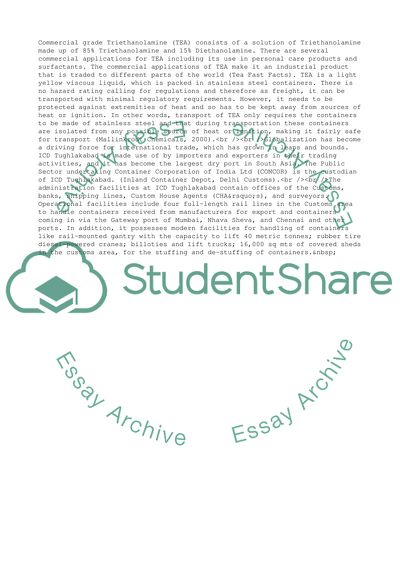Cite this document
(Analysis of Cost-Effective Means of International Freight Transport Coursework, n.d.)
Analysis of Cost-Effective Means of International Freight Transport Coursework. https://studentshare.org/business/1726723-international-transport
Analysis of Cost-Effective Means of International Freight Transport Coursework. https://studentshare.org/business/1726723-international-transport
(Analysis of Cost-Effective Means of International Freight Transport Coursework)
Analysis of Cost-Effective Means of International Freight Transport Coursework. https://studentshare.org/business/1726723-international-transport.
Analysis of Cost-Effective Means of International Freight Transport Coursework. https://studentshare.org/business/1726723-international-transport.
“Analysis of Cost-Effective Means of International Freight Transport Coursework”. https://studentshare.org/business/1726723-international-transport.


